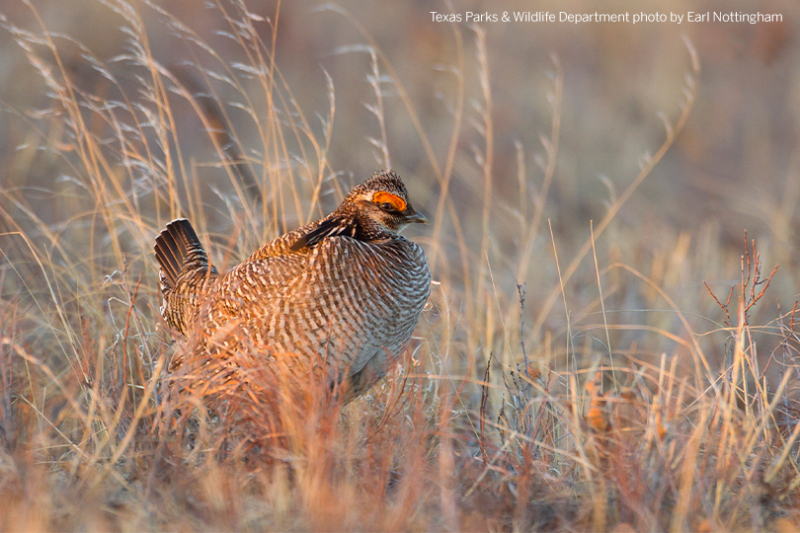Emmy Powell
Communications Specialist
A federal judge ruled against a 2022 Biden administration rule that aimed to divide the lesser prairie-chicken into two separate populations under the Endangered Species Act for the first time. The decision is a win for farmers and ranchers who have challenged the measure.
The U.S. District Court for the District of Western Texas said that the U.S. Fish and Wildlife Service (FWS) did not follow the law in promulgating the rule.
“As observed earlier, the 4(d) rule decision-making universe is not established by the constraints placed on the listing decision,” U.S. District Judge David Counts said. “While, as here, data supplying the listing decision supports the secretary’s choice of necessary prohibitions, that data does not check the advisability box. Such a determination requires consideration of costs. Because Fish and Wildlife failed to account for costs, to include cost of compliance, it failed to consider the ‘all relevant factors’ and ignored ‘important aspects of the problem’ before it.”
The Biden-era rule was finalized in November 2022 and listed the southern population segment of the lesser prairie-chicken as endangered and the northern population segment of lesser prairie-chickens as threatened.
The southern population segment includes eastern New Mexico and the southwest Texas Panhandle. The northern population segment includes southeastern Colorado, southcentral to southwestern Kansas, western Oklahoma and the northeast Texas Panhandle.
Separate lawsuits were filed in 2023 by the Permian Basin Petroleum Association, state cattle organizations and the state of Texas. The suits challenged FWS’s endangered species list designation of the lesser-prairie chicken.
Texas Farm Bureau (TFB) opposed the listing, noting concerns about the impacts on animal agriculture.
“The decision vacated the Endangered Species Act special 4(d) rule for the northern distinct population segment of the lesser prairie-chicken,” Jay Bragg, TFB associate director of Commodity and Regulatory Activities, said. “This rule had previously prohibited most forms of “take” of the species.”
The court stated it denied FWS’s cross-motion because FWS failed to conduct the proper actions when it issued its 4(d) ruling.
“The court also ruled that FWS must consider economic impacts when crafting protections under Section 4(d) of the ESA and that FWS should have conducted an analysis under the Regulatory Flexibility Act to assess the impacts on small entities and explore less burdensome alternatives,” Bragg said.
The change on the lesser prairie-chicken ruling meant ranchers in the five states were required to create grazing plans mainly to protect themselves from conducting activities considered harmful to the species.
“Does ‘necessary and advisable’ require consideration of economic costs? Plaintiffs believe it does,” the court document stated. “Fish and Wildlife see no distinction between a listing decision, which cannot consider costs, and its 4(d) rule, largely because they issued here at the same time.”


Leave A Comment